15pc pay rises for 250,000 aged care workers in $11.3bn budget package
More than 250,000 aged care staff will get 15 per cent pay rises from July 1 under a mammoth $11.3bn budget package.

More than 250,000 frontline aged care staff – including nurses, carers, cooks and home care workers – will receive 15 per cent pay rises from July 1 under a mammoth $11.3bn package in next Tuesday’s federal budget.
In response to chronic workforce shortages and historically low wages, Jim Chalmers on Thursday will announce his biggest on-budget spending and deliver Labor’s pledge to fund the Fair Work Commission ruling lifting pay for residential aged care and in-home care workers.
The funding boost greatly increases the Albanese government’s spending on aged care, which is now the fifth-largest area of expenditure in the budget and is projected to cost almost $36bn by 2025-26.
Dr Chalmers will use the May 9 budget to outline the government’s medium to long-term strategy managing ballooning spending across aged care, the National Disability Insurance Scheme, defence, health, welfare and debt repayments.
The Treasurer is also expected to announce changes to the single parenting payment, JobSeeker support for older Australians, targeted energy bill relief for vulnerable households and other temporary measures in response to stubbornly high inflation.
With women making up more than 85 per cent of the aged care workforce, Dr Chalmers said the funding would help address gender pay inequality, relieve workforce pressures and deliver Labor’s commitment to increase care minutes in nursing homes.
“For too long, those working in aged care have been asked to work harder for longer without enough reward but with this budget, that changes,” the Treasurer said.
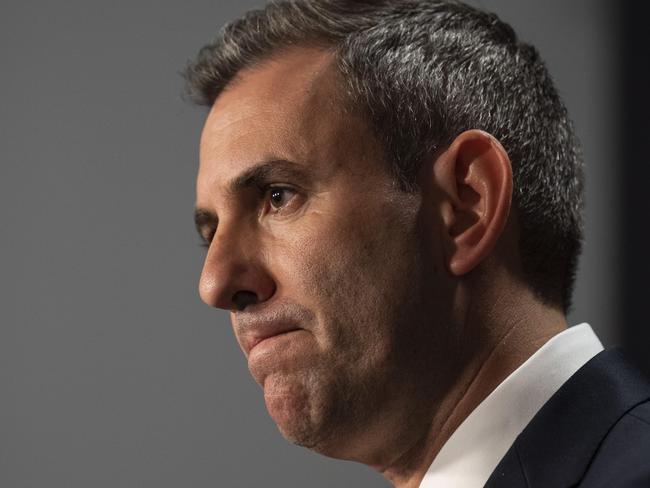
Dr Chalmers said the investment, which was recommended in the final Royal Commission into Aged Care Quality and Safety report, would “help create a bigger incentive for young Australians looking for a rewarding career”.
The $11.3bn wage increases over four years will lift a registered nurse’s earnings by almost $200 a week and personal care workers will take home an additional $141 a week, delivering annual pay bumps of more than $10,000 and $7300 respectively.
Head chefs, cooks and recreational activity officers will receive about an extra $140 a week.
The value of home-care packages will be increased to allow for increased wages to be paid.
Providing the full 15 per cent rise from July 1, as instructed by the FWC, douses concerns from unions and the aged care sector that Dr Chalmers could stagger wage hikes. The FWC, which is yet to deliver a final ruling on the Health Services Union push for an additional 10 per cent increase, in February rejected a bid by the commonwealth to split the wage hikes over two years.
Aged care providers have argued the government must fully fund the FWC wage increase, as they are operating under significant cost pressures.
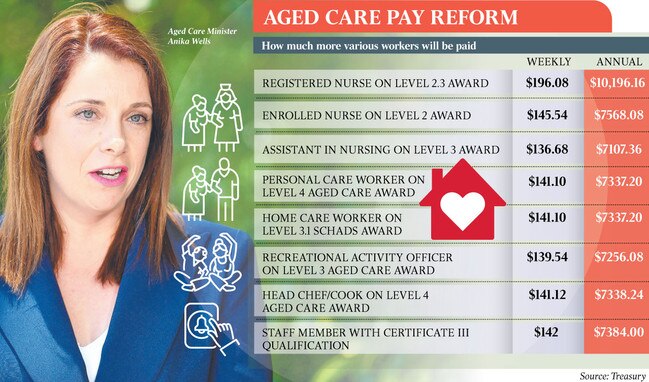
A government report on the financial sustainability of the sector published in February found two in three nursing homes were operating at a financial loss, haemorrhaging an average $28 per resident each day.
The government is examining ways it can reshape the financial model of aged care, including a consideration of greater consumer contributions to care.
With Labor struggling to deliver its commitment of 24/7 nurses and mandated increased average care minutes, The Australian understands Immigration Minister Andrew Giles will announce visa changes in coming days to attract more workers into the aged care sector. The new visa pathway will be capped, regulated and developed in partnership with unions and industry.
The immigration shake-up will work in tandem with the government’s plan to boost the domestic workforce through fee-free TAFE, more university places, training programs and student clinical placements.
Aged Care Minister Anika Wells said the record investment would “help more women and families to make ends meet, and ensure that quality aged care workers are less likely to contemplate leaving the sector because of pay concerns”.
“Fair wages play a major role in attracting and retaining workers to provide around-the-clock care for some of Australia’s most vulnerable people,” Ms Wells said.
New Aged Care Workforce Industry Council data shows the aged care workforce is getting younger, with workers aged 26-35 now making up just over a quarter (25.8 per cent) of workers, compared with 15.7 per cent five years ago.
The data, collected from 172,000 workplace surveys of staff across the country, found 42 per cent of workers reporting their employer retained “quality staff” compared with 34 per cent a decade ago. About 55 per cent of male workers said their pay was fair compared with 45 per cent of female workers.
Despite unions flagging concerns about providers not directing funding into wages, the Aged & Community Care Providers Association, Baptist Care Australia, Anglicare, Catholic Health Australia and Uniting Care have pledged to pass on the wages in full.
The aged care package is a central plank of Dr Chalmers’ three-pillar budget focused on: more opportunities for women and the care economy; cost-of-living supports in response to high inflation; and achieving a stronger, dynamic economy through boosted funding for the transition to net-zero emissions, modern manufacturing and critical minerals.
Amid mounting pressures on the budget, Deloitte Access Economics’ budget monitor says an additional $83bn in revenue over the next four years will deliver an “astonishing turnaround in the government’s fiscal position”.
Deloitte Access Economics partner Stephen Smith said the revenue windfall had helped the budget position creep “back into the black over the 12 months to March … but on our estimates the 2022-23 financial year will end in a small underlying cash deficit of some $8.7bn”. While showing substantial improvement in forecast deficits over four years, the budget will reveal “worsening of the longer-term structural deficit”.
The report said government spending as a share of the economy – including in aged care, health, education, welfare payments, the NDIS, defence and interest costs – would likely be higher in the future than it had n the past “particularly as past permanent increases in expenditure come to book”.
Following the 11th rate hike in 12 months on Tuesday, Dr Chalmers said Treasury was not forecasting a recession despite predictions of an economic slowdown. Amid expectations of a JobSeeker payment hike for over-55s, Dr Chalmers on Wednesday promised cost-of-living relief for Australians “across the board”.
“It will have more than one element, it will be focused on the most vulnerable Australians and it will all be made clear on Tuesday night,” he said.


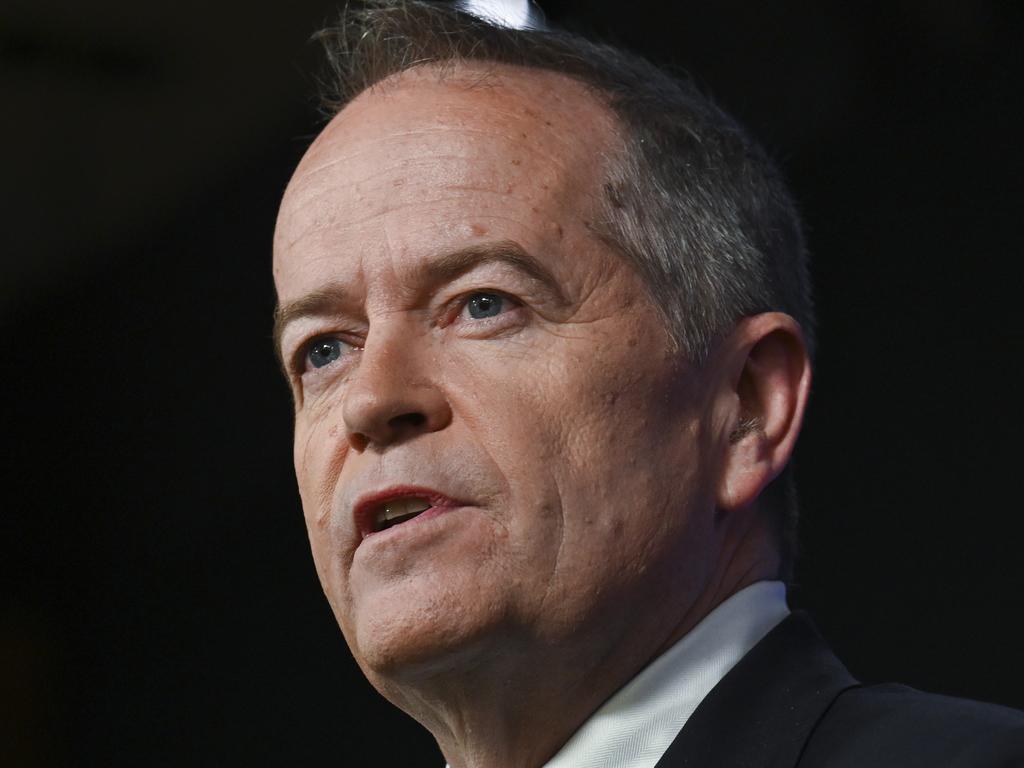
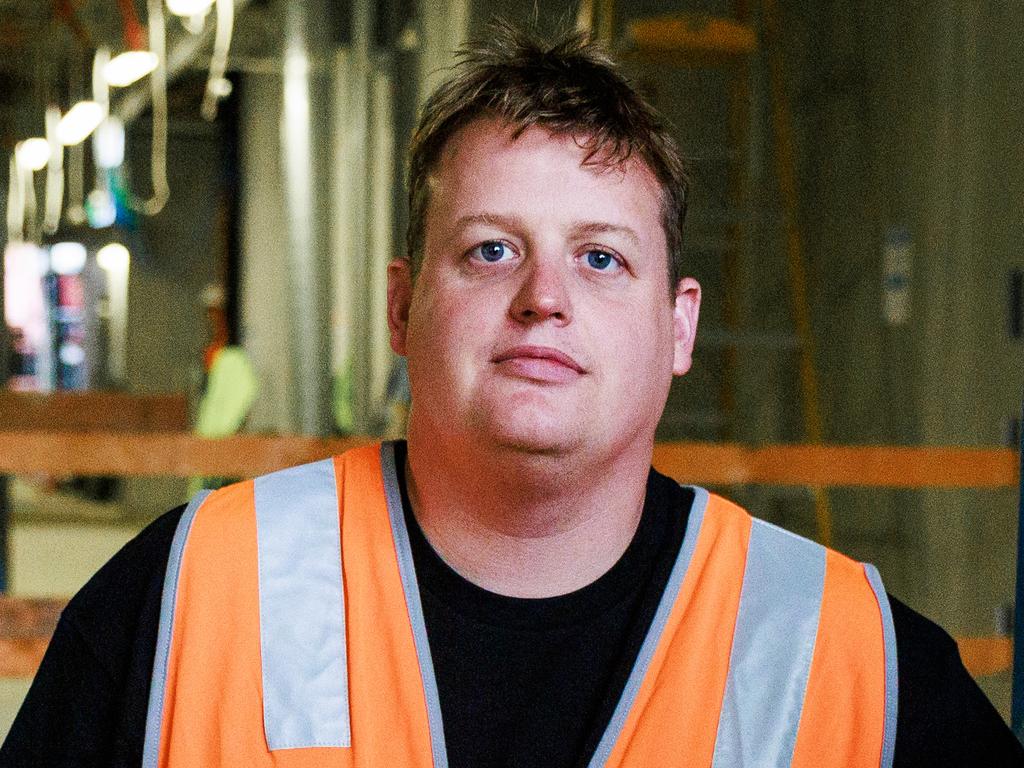
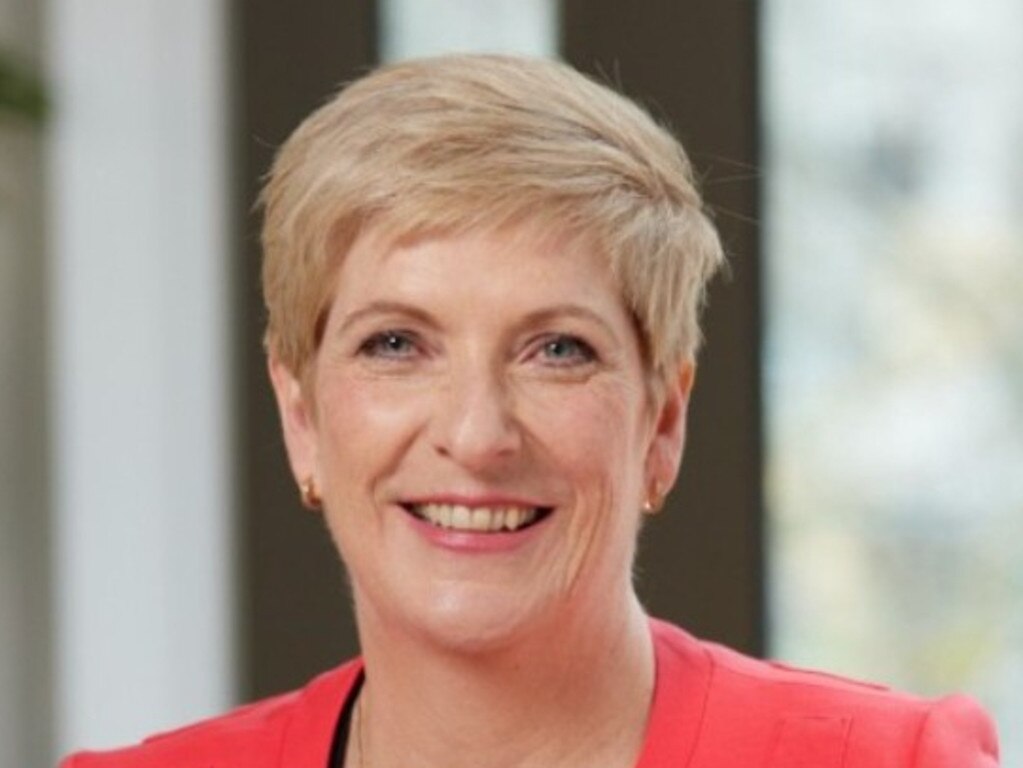


To join the conversation, please log in. Don't have an account? Register
Join the conversation, you are commenting as Logout